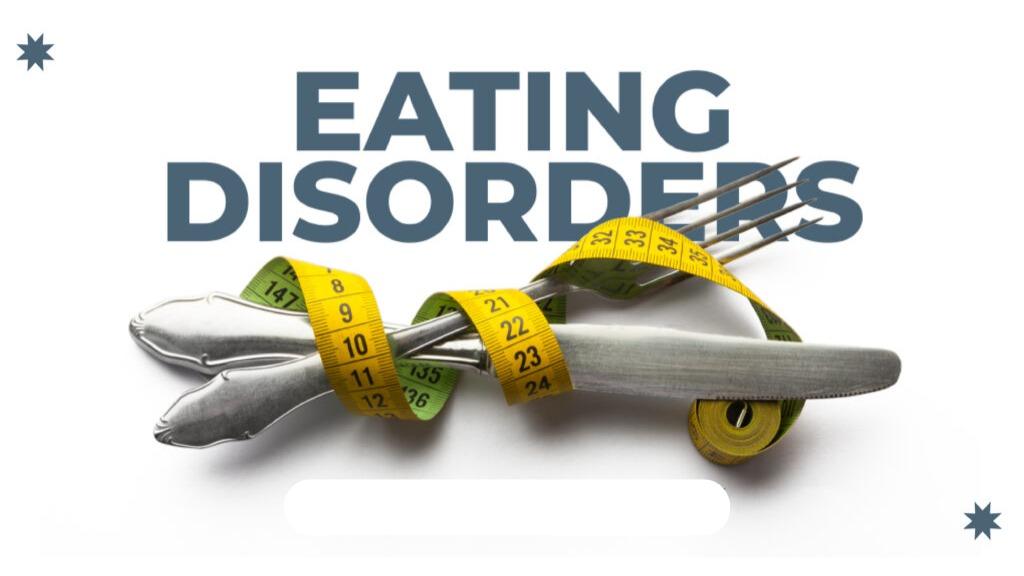Imagine waking up in the morning thinking, “My shoulders and hips have turned to stone,” stiff, aching, and difficult to move. Many assume it’s just a natural part of aging. But for thousands of people each year, these symptoms are an early sign of a disease called Polymyalgia Rheumatica (PMR).
The impact of the autoimmune disorder might be as serious as that of rheumatoid arthritis, but not so much talked about. This article will shed some light on Polymyalgia Rheumatica, its main symptoms, and how early diagnosis and treatment can improve the quality of life.
PPMR: Why It Needs Your Attention
PMR affects one in about 1,200 people older than 50, with women being two or three times more likely than men to suffer from it. It causes widespread muscle pain and stiffness around the shoulders and hips, which significantly hamper mobility.
The good thing is that if it is diagnosed early, it mostly responds to treatment. The problem, however, is recognizing it – because many of its symptoms resemble those of other age-related illnesses.
Major Signs and Symptoms of Polymyalgia Rheumatica
The patient will identify PMR manifestations in get immediate care. Here are the major and distinctive symptoms:
1. Morning Stiffness That Lasts More Than an Hour
There is a complaint of intense stiffness in the shoulders, hips, neck, and thighs in persons with PMR, particularly in the morning. This stiffness can last for an hour or longer, and may interfere with doing basic tasks such as getting dressed or brushing teeth.
2. Bilateral Pain
PMR produces pain that usually occurs symmetrically, with both shoulders or both hips affected at the same time, in contrast to other conditions that usually affect one side of the body.
3. Fatigue and Low Energy
PMR usually occurs together with fatigue. Many patients feel they are never really tired, whereas they might well be losing out on some healthy rest.
4. Unintentional Weight Loss
Another common, but often overlooked symptom of PMR is sudden and unexplained loss of weight.
5. Low-Grade Fever
Low-grade fevers may come along with muscle pain and stiffness in addition to feeling generally unwell (malaise).
6. Problems in Lifting Arms or Climbing Stairs
Muscle pain may prevent patients from raising their arms overhead or getting out of a chair without help. This can sometimes be mistaken for frozen shoulder or general muscle weakness.
Case Study: Early Diagnosis Changed the Outcome
The therapeutic history of Diane is another example:
Diane is 68 years old, a retired nurse. After months of shoulder stiffness and extreme fatigue, the initial diagnosis was depression with arthritis. But the symptoms did not heal until her new doctor considered ordering CRP and ESR blood tests that showed inflammation at levels compatible with PMR. Relief came within two days after administering low doses of corticosteroids.
Such a rapid response constitutes a classic hallmark of PMR and may sometimes be the key to an accurate diagnosis.
How to Approach Diagnosis and Treatment
Step 1: Talk to Your Doctor About Your Symptoms
Write down when symptoms began, how long they last, and what makes them better or worse.
Step 2: Get Blood Tests
Common ones are:
- ESR (erythrocyte sedimentation rate)
- CRP (C-reactive protein)
- Complete blood count (CBC)
High ESR and CRP levels indicate inflammation, but they are not specific to PMR; therefore, clinical judgment is necessary.
Step 3: Begin Corticosteroid Therapy
Low-dose corticosteroids, such as prednisone, are typically the first-line treatment. Many patients feel better within 2-3 days.
Step 4: Regular Monitoring
Because long-term steroid use can cause side effects like bone loss or blood sugar spikes, regular follow-up is critical.
Practical Tips and Advice for Day-to-Day Living with PMR
- Record your symptoms every day: Use a journal or an app to record any symptoms of stiffening, fatigue, and side effects of medications.
- Keep moving (whatever is possible): Gentle stretching and walking can reduce stiffness.
- Check out if vitamin D and calcium supplements are advised: Steroids may deplete bone health.
- Try joining a support group: Groups like the Arthritis Foundation can offer useful resources and moral support.
Common Mistakes to Avoid
- Letting it pass for “just getting old”: Don’t ignore such things as long-standing stiffness and tiredness.
- Self-medicating with over-the-counter analgesics: They could be masking the symptoms without curing the root problems.
- Stopping steroids too early: It is always important to taper off your steroids with the help of your doctor to avoid any relapse.
Where Are We Going Next with PMR Diagnosis and Management?
Future Direction
- Biomarker research: New studies are hoping to find blood markers that may even improve early detection.
- Steroid-sparing treatments: Several trials are in place to find alternatives for corticosteroid use in the long run.
- AI-assisted diagnosis tools: These could help differentiate PMR from similar conditions like rheumatoid arthritis or fibromyalgia.
Final Thoughts
Polymyalgia Rheumatica can severely affect daily life, but it is also one of the rare autoimmune diseases in which fast treatment works once properly diagnosed. Awareness is paramount person has to know the signs and act accordingly, making sure to collaborate with an experienced healthcare provider when needed.
If you are over 50 and suffering from morning stiffness or unexplained fatigue, you should never dismiss the symptoms. Consult with your doctor, ask for the appropriate tests, and plead your case about your health.
For more useful notes on autoimmune and inflammatory conditions, join our health newsletter or browse our patient resource library.




